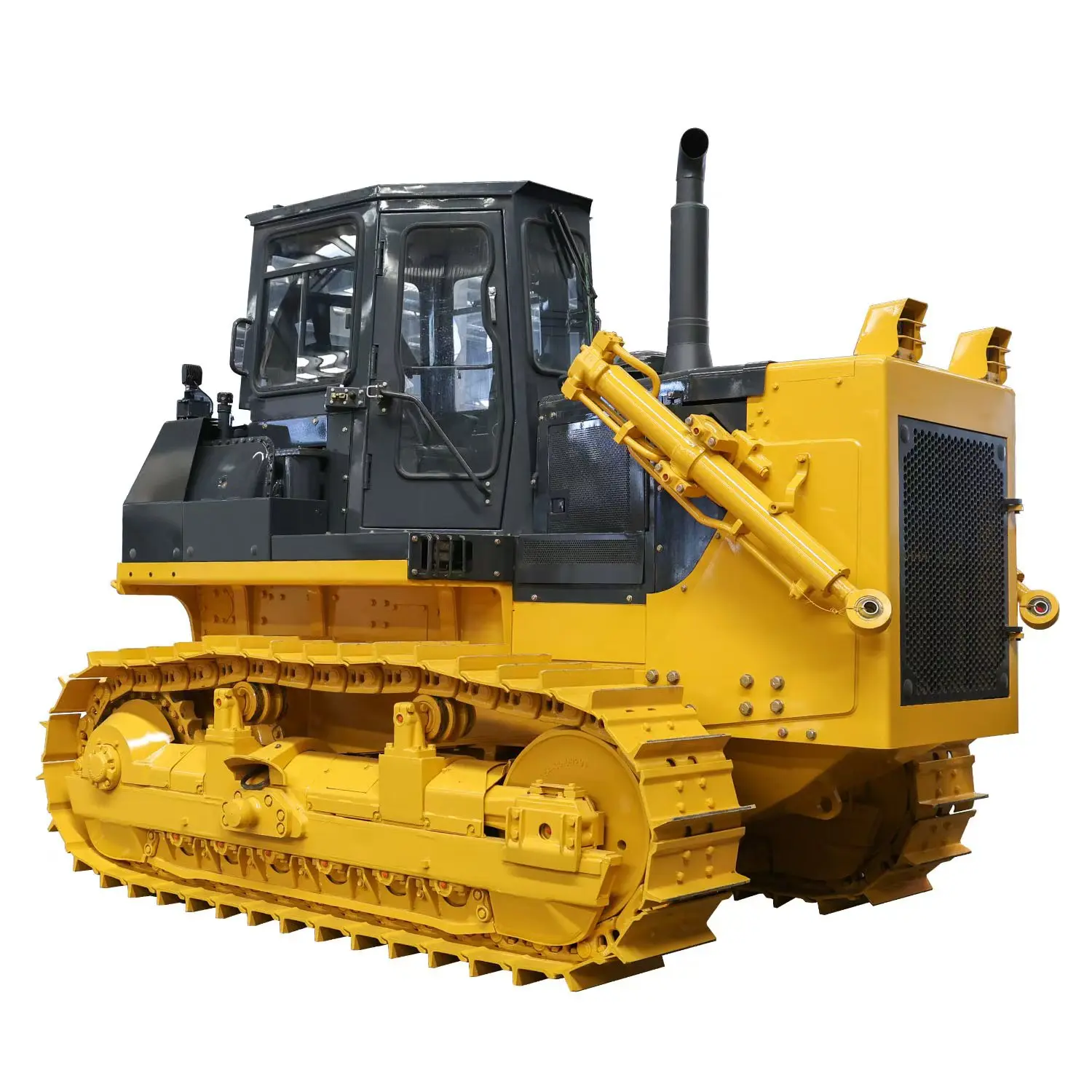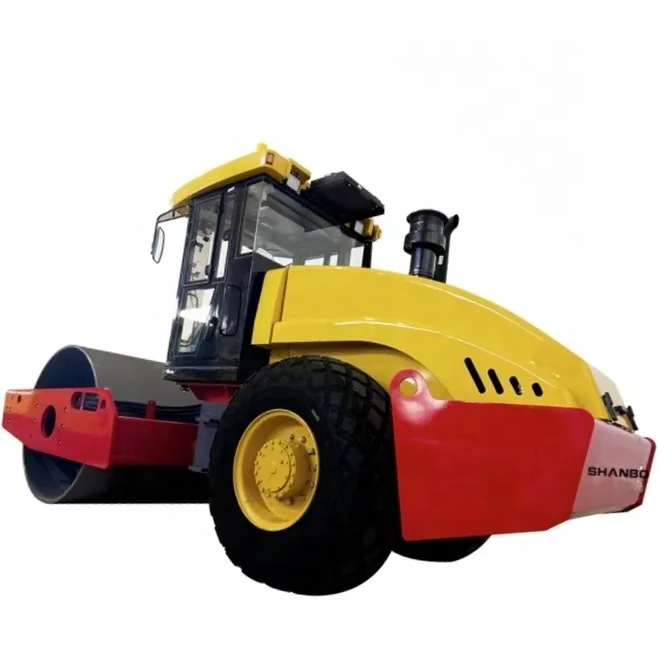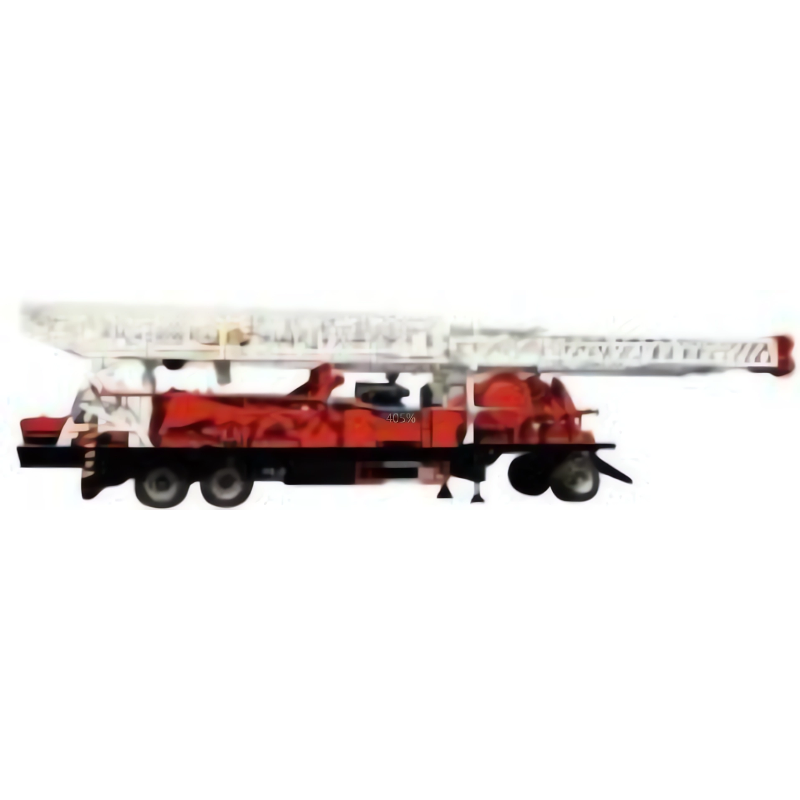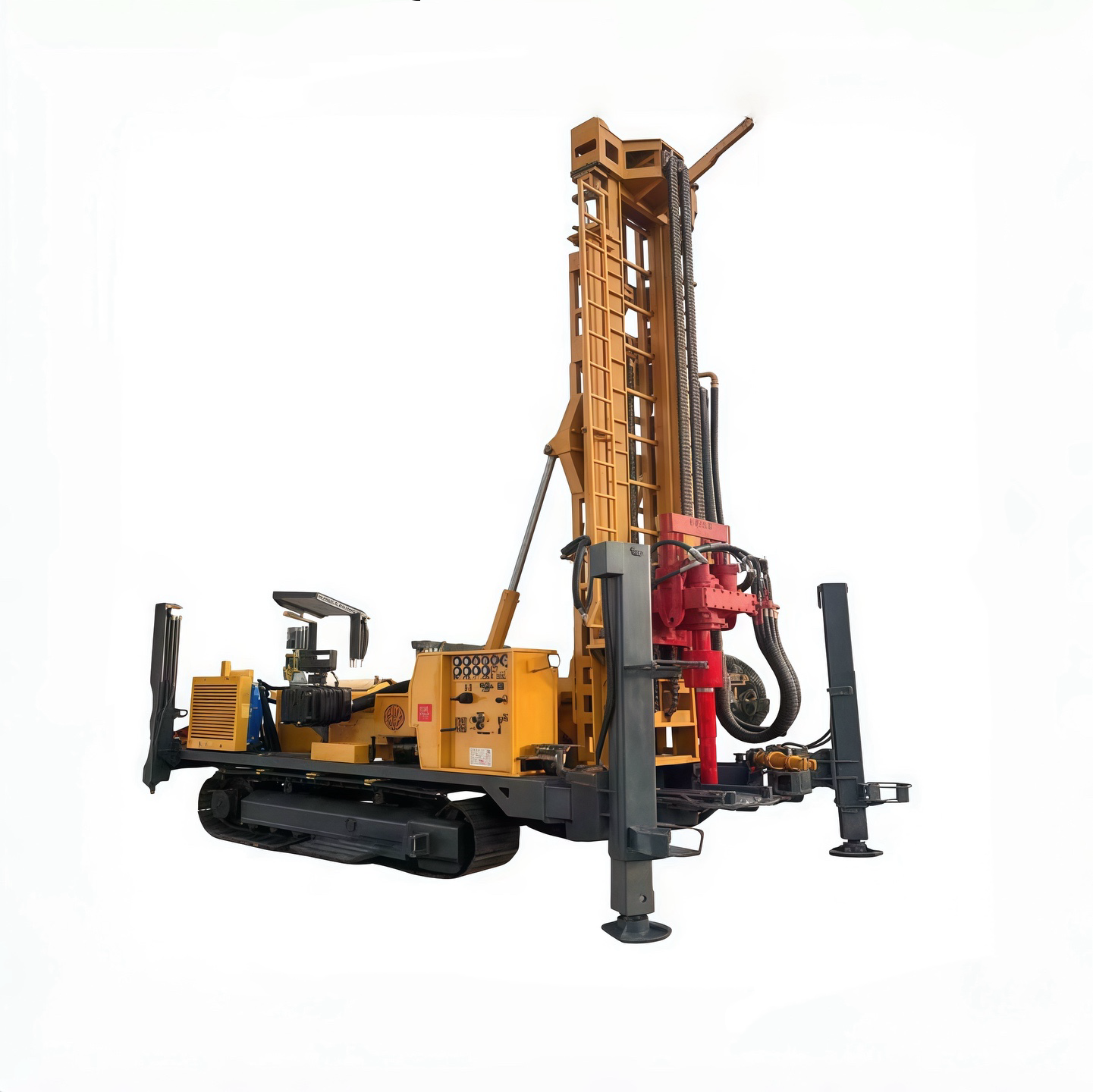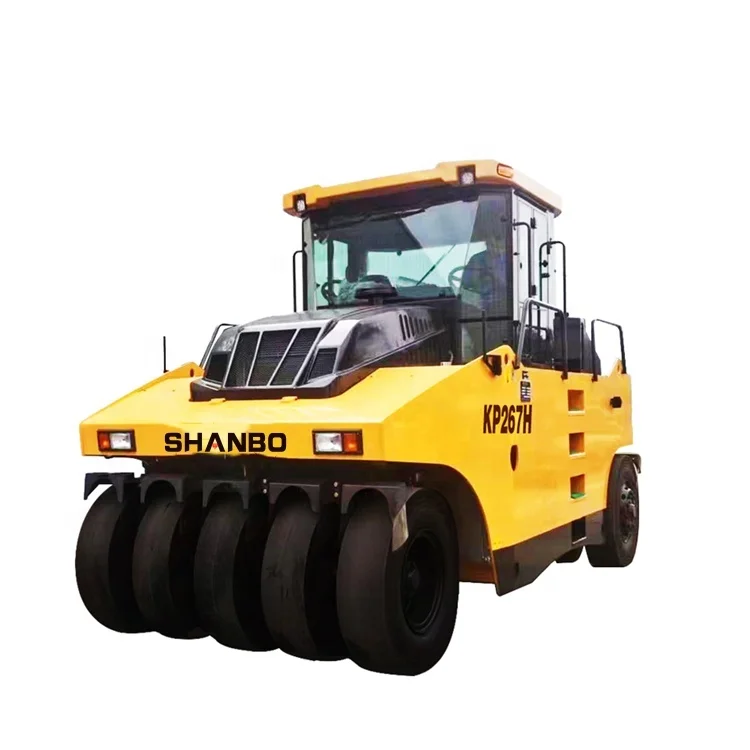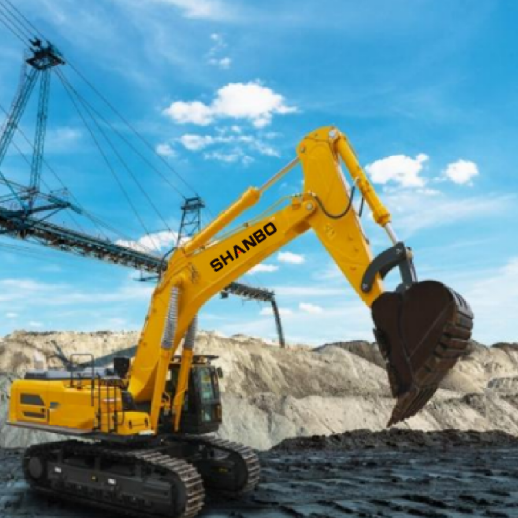İnşaat Sənayesində Ekskavator Bazarının Tendensiyaları və Gələcəyə Baxış
Son bir neçə ildə urbanizasiya, infrastruktur inkişafı və texnoloji tərəqqi sayəsində qlobal tikinti sənayesi sürətli tempdə inkişaf edib. Bu sektoru xarakterizə edən bütün müxtəlif maşınlar arasında buldozer liderdir.
Torpaq köçürmə, yarma və sahə hazırlığı üçün istifadə olunan əsas ağır maşın kimi buldozerlər böyük miqyaslı tikinti işlərində, mədənçilikdə və kənd təsərrüfatında vacib rol oynayırlar. Bu məqalə buldozer bazarını təsir edən son tendensiyalardan danışır və onun inkişaf perspektivləri ilə bağlı gələcəyə yönəlmiş baxış təqdim edir.
Cari bazar şəraiti
Buldozer bazarı son onillikdə infrastruktur və əmlak tikintisinə investisiyaların artması ilə sabit inkişaf yaşayıb. Bütün dünyada hökumətlər nəqliyyat, bərpa olunan enerji və kommunal işlərə üstünlük verirlər ki, bunların hamısı geniş miqyaslı torpaq köçürülməsi və sahənin təmizlənməsini tələb edir.
Bundan əlavə, inkişaf etməkdə olan iqtisadiyyatlarda sənayeləşmə artması tikinti avadanlıqlarına böyük tələbat yaratdı. Yüksək səmərəliliyi və uzun ömrü ilə buldozerlər yolların inkişafında, bəndlərin tikintisində və mədən əməliyyatlarında əsas əhəmiyyətə malikdir. Əsası qoyulmuş bazarlar avadanlıqların əvəz edilməsi və texnologiyasının təkmilləşdirilməsinə diqqət yetirir, inkişaf etməkdə olan bazarlar isə infrastruktur ehtiyaclarının artması səbəbindən ümumi həcm artımını stimullaşdırır.
Buldozer bazarını formalaşdıran əsas meyllər
Qlobal buldozer bazarı, texnologiyada sürətli irəliləyişlər, inkişaf edən infrastruktur tələbləri və davamlılığa artan vurğu ilə idarə olunan bir transformasiya dövrü yaşayır. İnşaat, mədənçilik və kənd təsərrüfatı sahələrində fəaliyyətin genişlənməsi ilə, istehsalçılar daha səmərəli, ağıllı və ətraf mühitə daha təmiz maşınların hazırlanmasına diqqət yetirirlər. Aşağıda buldozer bazarının gələcəyini formalaşdıran əsas meyllər göstərilir.
Elektrikliliyə və Dayanıqlılığa keçid
Sürdürülebilirlik, tikinti avadanlıqları sənayesində getdikcə əsas mövzu halına gəlir. Hökumətlərin emissiya qaydalarını ciddiləşdirilməsi və ekoloji dostu tikintiyə çağırışı ilə şirkətlər getdikcə elektrik və hibrid buldozerlər istehsal edirlər.
Elektrik mühərriklər yanacaq xərclərinin azalmasına, səs-küyün azalmasına və təmir üçün zənglərin sayınnı azalmasına səbəb olur. Hələlik yayılmış olmasa da, inkişaf edən batareya texnologiyası elektrik buldozerlərini orta və kiçik miqyaslı layihələrdə daha praktik edir. Bu dəyişiklik karbon neytrallığına və yaşıl tikinti təcrübələrinə doğru olan qlobal hərəkatla uyğundur.
Ağıllı Texnologiyanın İnteqrasiyası
Rəqəmsal çevrilmə ağır avadanlıqların tikinti sahəsində necə işlədiyini inqilablaşdırır. Bu günkü buldozerlər GPS, telematika və dəqiqliyi və səmərəliliyi artırmağa imkan verən avtomatlaşdırılmış texnologiyalarla təchiz edilmişdir.
Dərəcə nəzarəti, uzaqdan idarəetmə və avtonom işləmə kimi funksiyalar insan səhvlərini azaldır və layihənin səmərəliliyini artırır. Məlumatların təhlili üçün proqram təminatı ekipaj menecerlərinin avadanlıqların vəziyyətini, yanacaq sərfiyyatını və istifadə şablonlarını real vaxtda izləməsinə imkan verir. Ağıllı texnologiyanın bu inteqrasiyası yalnız operativ səmərəliliyi artırmaqla qalmır, həm də dayanma vaxtını və təmir xərclərini azaldır.
Səmərəlilik və Performansa Diqqət
Qısa tikinti müddətləri və artan xərclər şəraitində tikintiçilər maşınların səmərəliliyinə daha çox diqqət yetirirlər. Daha inkişaf etmiş hidravlik sistemlər, daha çox traksiya və palağa həndəsəsi operatorların torpaq köçürmə işlərini daha tez və dəqiq yerinə yetirmələrini təmin edən buldozerlərin səmərəliliyini artırır.
Həmçinin, kiçik və orta ölçülü buldozerlərə olan artan tələbat məhsul portfelini yenidən qurmaqdadır. Bu ölçülər hərəkətliliyin əsas olduğu şəhər layihələrində və dar iş sahələrində istifadə olunmağa üstünlük təşkil edir. Bazar trendi müxtəlif tapşırıqları səmərəli yerinə yetirə bilən universal maşınlar istiqamətinə keçid olduğunu göstərir.
İcarə və lizinqlərin yayılması
Təchizatın alınması xərcləri tikinti şirkətləri və müqaviləçilər üçün əsas problem kimi qalır. Beləliklə, buldozer sənayesində icarə və lizinq bazarı sürətli tempdə genişlənir.
İcarə qənaətbəxşdir, şirkətlər kapital xərcləri olmadan layihə tələbinə uyğun olaraq parkın ölçüsünü dəyişə bilirlər. İcarə eyni zamanda daha müasir, yanacaqdan daha səmərəli istifadə edən modellərə çıxış imkanı yaradır və bu da işləmə xərclərini aşağı səviyyədə saxlayır. Bu, əsasən infrastruktur inşasında əhəmiyyətli rol oynayan kiçik müqaviləçilərin olduğu inkişaf etməkdə olan iqtisadiyyatlarda daha çox müşahidə olunur.
Regional Bazar Təhlilləri
Qalxan yük maşınlarının qlobal bazarı regional olaraq bölünür və müxtəlif bölgələrin tələbatının müxtəlif nümunələri var:
Asiya-Pasifik: Bu region, sürətli şəhərləşmə, infrastruktur inkişafı və sənaye genişlənməsi səbəbiylə qlobal bazarı dominasiya edir. Nəqliyyat şəbəkələri və ağıllı şəhər layihələrinə dövlət tərəfindən böyük investisiyalar tələbatı artırmağa davam edir.
Şimali Amerika: Bu bölgədəki artım əsasən avadanlıqların əvəzedici dövrləri və tikinti və mədən sektorlarında modernləşdirmə səyləri ilə dəstəklənilir.
Avropa: Sərt ekoloji tənzimləmələr elektrik və hibrid qalxan yük maşınlarının istifadəsini təşviq edir, eyni zamanda irəlli avtomatlaşdırma avadanlıqlarda daha da möhkəmlənir.
Latın Amerikası və Afrika: Mining, energetika və nəqliyyat infrastrukturuna investisiyaların artması bazar imkanlarını tədricən genişləndirir, lakin iqtisadi qeyri-müəyyənlik böyüməyə mane olur.
Qalxan Yük Maşınları Sənayesinin Qarşılaşdığı Çətinliklər
Uzunmüddətli roza rəngli perspektivlərə baxmayaraq, buldozer bazarı böyümə nümunələrini müəyyən edən bir sıra çətinliklərlə qarşılaşır:
Yüksək kapital xərcləri: Buldozerlərin alınması və təmiri ağır kapital xərclərini tələb edir ki, bu da kiçik müqaviləçilər üçün istifadəni məhdudlaşdırır.
Təcrübəli işçilərin çatışmazlığı: İrəli texnologiyalarla təchiz edilmiş maşınların idarə edilməsi yüksək səviyyədə təlim keçmiş işçi tələb edir və təcrübəli operatorların olmaması hasilatı məhdudlaşdıra bilər.
İqtisadi qeyri-müəyyənlik: Qlobal təchizat zəncirlərində pozulmalar, inflyasiya və xammalın qiymətlərindəki proqnozlaşdırılmayan dəyişikliklər istehsal xərclərinə və bazar tələbinə təsir göstərə bilər.
Ekoloji tənzimləmələr: Davamlılıq yenilikləri hərəkətə gətirir, lakin ciddi emissiya qanunlarına əməl etmək istehsal və işlətmə xərclərini artıracaq.
Gələcək Proqnozlar
Buldozer sənayesinin gələcəyi dünyada davamlı innovasiyalar və infrastruktur inkişafı ilə parlaqdır. Gələn onillikdə sənayenin inkişafını formalaşdıran bir neçə meyllər olacaq:
Avtomasiyanın artırılması: Sənaye təkrarlanan tapşırıqları minimal insan müdaxiləsi ilə yerinə yetirə bilən avtomatlaşdırılmış buldozerlərə doğru inkişaf edir.
Davamlı Materiallar və Dizayn: Gələcək modellərin əsas hərəkətverici qüvvələri yüngül materiallar və optimallaşdırılmış sistemlər olacaq.
Yaxşılaşdırılmış Əlaqə: Buldozerləri virtual tikinti sahələrinə birləşdirən bulud əsaslı texnologiyalar, maşınlar, sürücülər və layihə menecerləri arasında real vaxtda koordinasiyanı təmin etməyə davam edəcək.
Bazarın Birləşməsi: Avadanlıq istehsalçılarının texnologiya təchizatçıları ilə birləşməsi və tərəfdaşlıqlar yaratması yenilikləri gücləndirəcək və satış sonrası dəstəyi yaxşılaşdıracaq.
Nəticə
Buldozer bazarı texnologiya, davamlılıq və səmərəliliyin müəyyən etdiyi yeni bir dövrə daxil olur. Tikinti layihələri miqyas və mürəkkəblik baxımından böyüdükcə, irəli addım atılmış, ağıllı və ekoloji dost maşın avadanlığına olan tələbat artmağa davam edəcək.
Elektrikləşdirmədən avtomatlaşmaya qədər bu innovasiyalar yalnız iş imkanlarını artırmaqla kifayətlənmir, həm də daha davamlı tikinti sənayesinə töhfə verir. Müqaviləçilər, inkişaf etdiricilər və siyasət müəyyənləşdiricilər üçün bu bazar meyllərində irəlidə olmaq, qlobal tikintinin dəyişən şəraitində uzunmüddətli uğur qazanmaq üçün vacib olacaq.
Tövsiyə olunan məhsullar
 Son Xəbərlər
Son Xəbərlər
-
«Su Qurtuluşçu» 200 m Ters Döngülü Su Kuyusu Bürkücüleri Özbekistana Varır
2025-03-28
-
Buldozer Nədir? Bilmək Lazım Olan Hər Şey
2025-02-18
-
Skid Steer və Böyük Qazma Maşını: Xərclər, Səmərəlilik və Çoxfunksiyalılıq
2025-11-13
-
Buldozer Zavodunun Daxilində: Müasir Dozerlər Sıfırdan Necə Hazırlanır
2025-11-12
-
İş Yerində İşıqlandırmanın Təhlükəsizliyinə Təsiri
2025-11-11
-
Ekskavator nədir? Bu vacib tikinti maşınına dair başlanğıc rəhbərlik
2025-11-10
